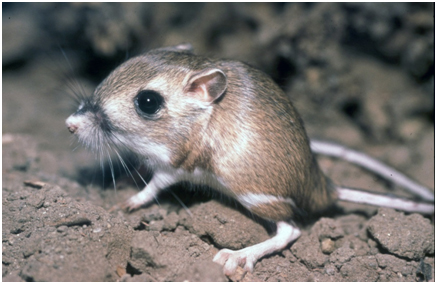One paradoxical finding in some mammals is the presence of male–male intrasexual competition in the absence of sexual size dimorphism. It has been a major goal of evolutionary biologists for over a century to understand why some species in which large males can monopolize multiple mates while excluding smaller competitors, exhibit little or no sexual dimorphism. In this paper three of the main hypotheses that have been proposed to explain this conundrum are examined using as study case the Heteromyidae, a rodent family with subtle sexual size dimorphism. Using a phylogenetic comparative approach, the potential influence of (1) fecundity selection, (2) covariation between pre- and post-copulatory traits, and (3) environmental constraints (resource shortage) in explaining patterns of body size and sexual size dimorphism (SSD) across 62 heteromyid species are addressed. Baculum size, a proxy of the strength of post-copulatory sexual selection, and SSD were negatively correlated suggesting that heteromyid rodents balance their reproductive investment between pre- and post-copulatory traits, which may prevent the evolution of extensive SSD. Results also support a role for resource competition in moderating SSD. The amount of SSD correlated negatively with latitude. This can be explained if high productivity relaxes the level of intrasexual competition among females, leading to more male-biased dimorphism since forces acting on both sexes are not cancelled. In line with this argument, territorial species exhibited a higher dimorphism in comparison with social species. No support was found for the fecundity selection hypothesis. Overall, this study provides insight into the factors driving observed patterns of sexual dimorphism in this iconic group and highlights the need to consider a broader framework beyond sexual selection for better understanding the evolution of dimorphism in this family. García-Navas (2017) Lack of evolution of sexual size dimorphism in Heteromyidae (Rodentia): the influence of resource defense and the trade-off between pre- and post-copulatory trait investment. Evol Biol DOI:10.1007/s11692-016-9390-7
http://link.springer.com/article/10.1007/s11692-016-9390-7








 Las altas temperaturas están provocando que las lagunas y las marismas de Doñana pierdan agua rápidamente
Las altas temperaturas están provocando que las lagunas y las marismas de Doñana pierdan agua rápidamente



